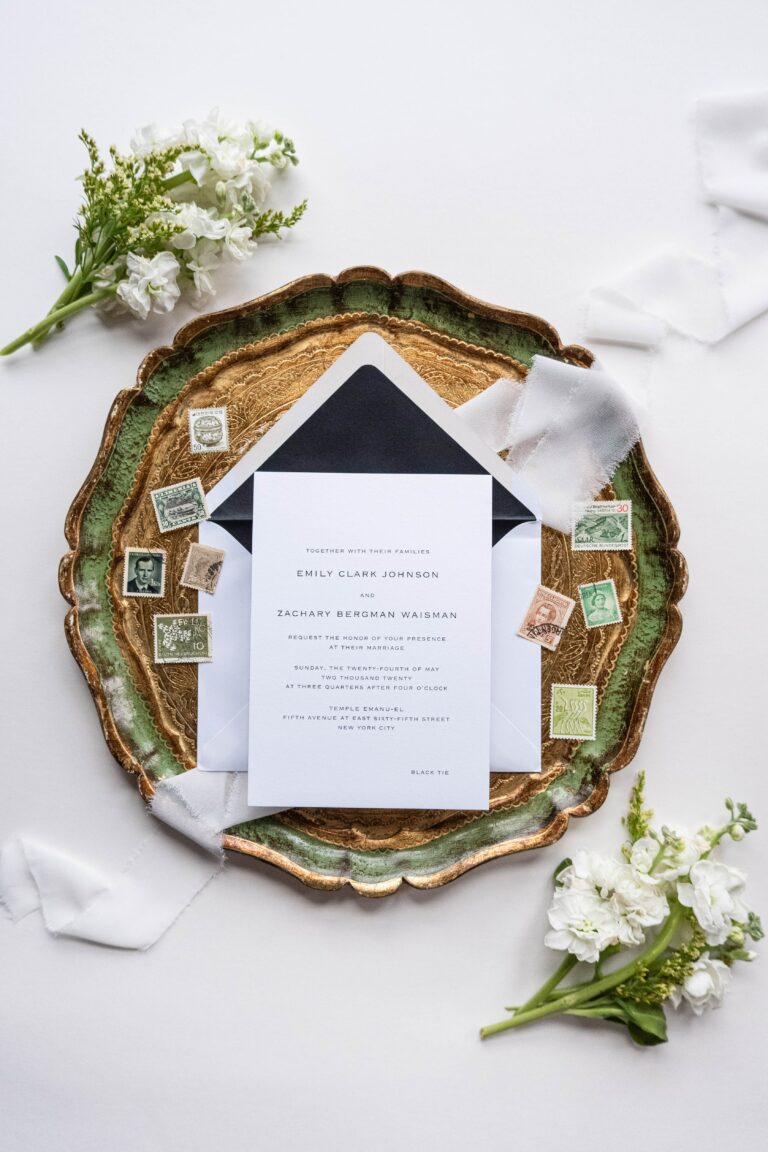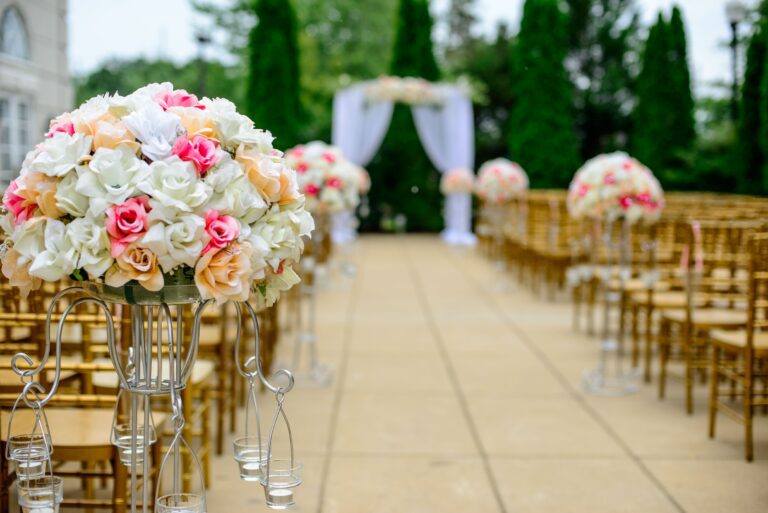The Importance of Wedding Invitations: A Romantic and Whimsical Guide
Wedding invitations are more than just a way to inform your guests about the date, time and location of your big day. They are also a reflection of your personality, style and love story. They set the tone and mood for your wedding, and they can make your guests feel excited and special. In this blog post, I will share with you some of the reasons why wedding invitations are important, and how to create them in a romantic and whimsical way using annotations and sitings.
Why Wedding Invitations Matter
Wedding invitations are the first impression that your guests will have of your wedding. They can convey a lot of information and emotions through their design, wording and presentation. Here are some of the benefits of sending out wedding invitations:
- They show your guests that you care about them and that you want them to be part of your celebration. According to etiquette expert Emily Post, “Invitations not only tell guests where and when the wedding will be, but also indicate the formality and tone of the event” .
- They help you plan your wedding better by giving you an idea of how many people will attend, what their dietary preferences are, and what gifts they might bring. You can also use them to communicate important details such as dress code, directions, accommodation options, and RSVP deadlines.
- They create anticipation and excitement for your wedding. Your guests will look forward to receiving your invitations in the mail, opening them with curiosity, and admiring their beauty and uniqueness. They will also feel more connected to you and your partner by learning more about your story, theme and vision for your wedding.
How to Create Romantic and Whimsical Wedding Invitations
Romantic and whimsical wedding invitations are perfect for couples who want to express their love in a playful and creative way. They can feature elements such as floral motifs, pastel colors, handwritten fonts, lace, ribbons, glitter, or anything else that makes you happy. Here are some tips on how to create romantic and whimsical wedding invitations using annotations and sitings:
- Choose a theme that reflects your personality and relationship. For example, if you met at a bookstore, you can use books as a motif for your invitations. If you love traveling, you can use maps, stamps or postcards as inspiration. If you have a favorite movie or song, you can use quotes or lyrics as part of your wording.
- Use annotations to add personal touches and details to your invitations. Annotations are notes or comments that you can write on the margins or edges of your invitations to explain or highlight something. For example, you can write “This is where he proposed” next to a picture of a park, or “This is our favorite song” next to a lyric. You can also use annotations to express your feelings or thoughts about your partner or your wedding. For example, you can write “I can’t wait to marry you” or “You are my dream come true” in a small font or in a hidden spot.
- Use sitings to add visual interest and variety to your invitations. Sitings are different ways of presenting or arranging your invitations on paper or other materials. For example, you can use different shapes, sizes or folds for your invitations, such as circles, squares or triangles. You can also use different textures or finishes for your invitations, such as glossy, matte or metallic. You can also use different materials or embellishments for your invitations, such as wood, fabric or feathers.
Conclusion
Wedding invitations are an important part of your wedding planning process. They not only inform your guests about the details of your wedding, but also show them who you are as a couple and what kind of wedding you want to have. By creating romantic and whimsical wedding invitations using annotations and sitings, you can make your invitations more personal, unique and memorable.
: Post E., Post A., Post L., Senning D.P., 2011. Emily Post’s Etiquette 18th Edition: Manners for a New World. New York: HarperCollins Publishers.



